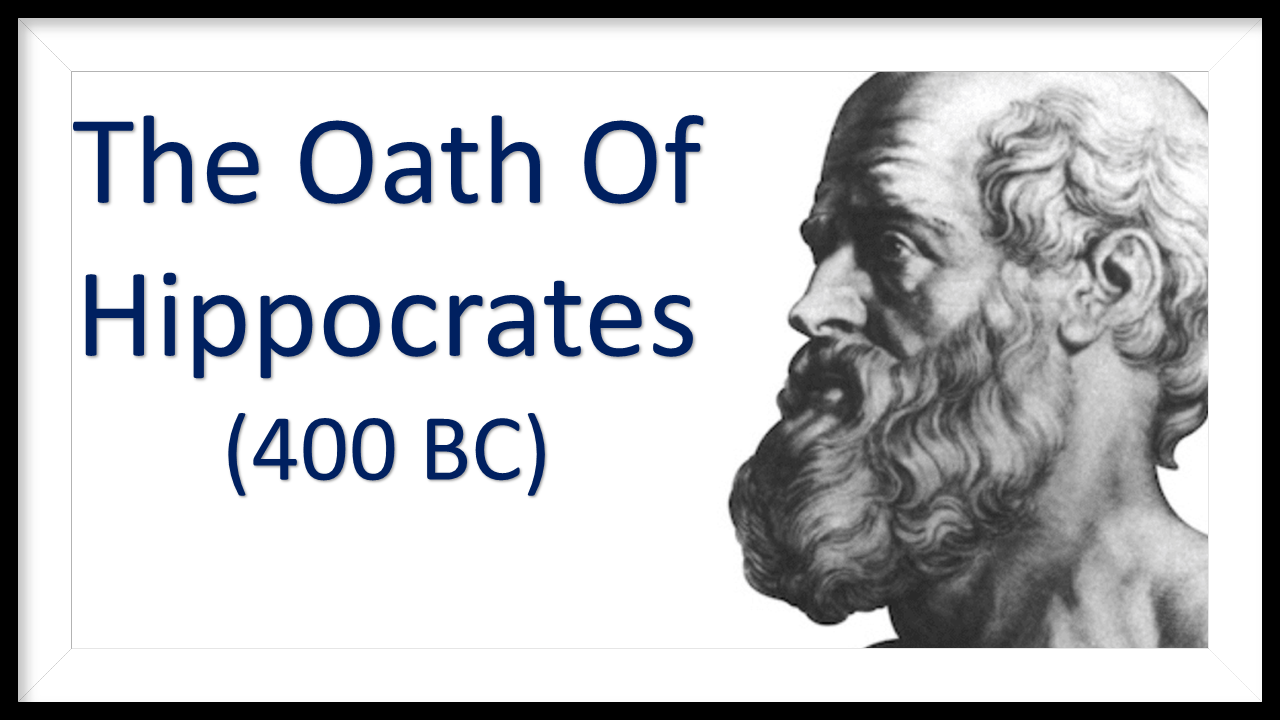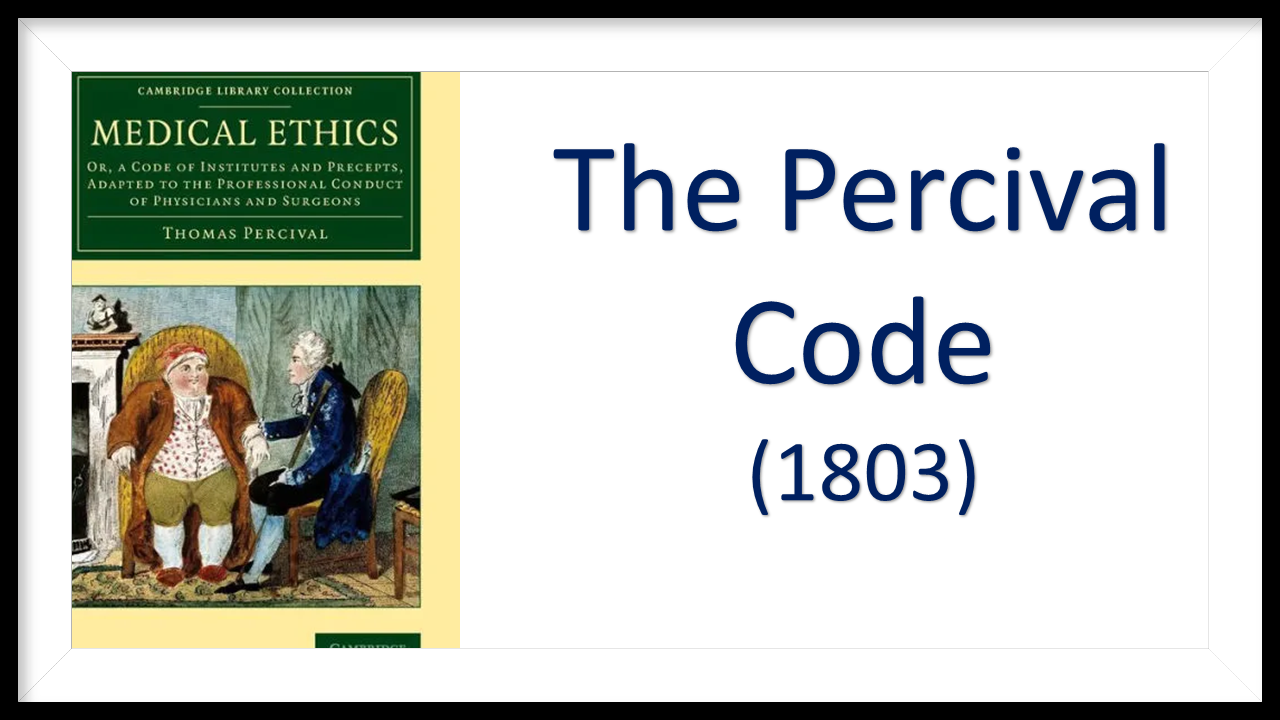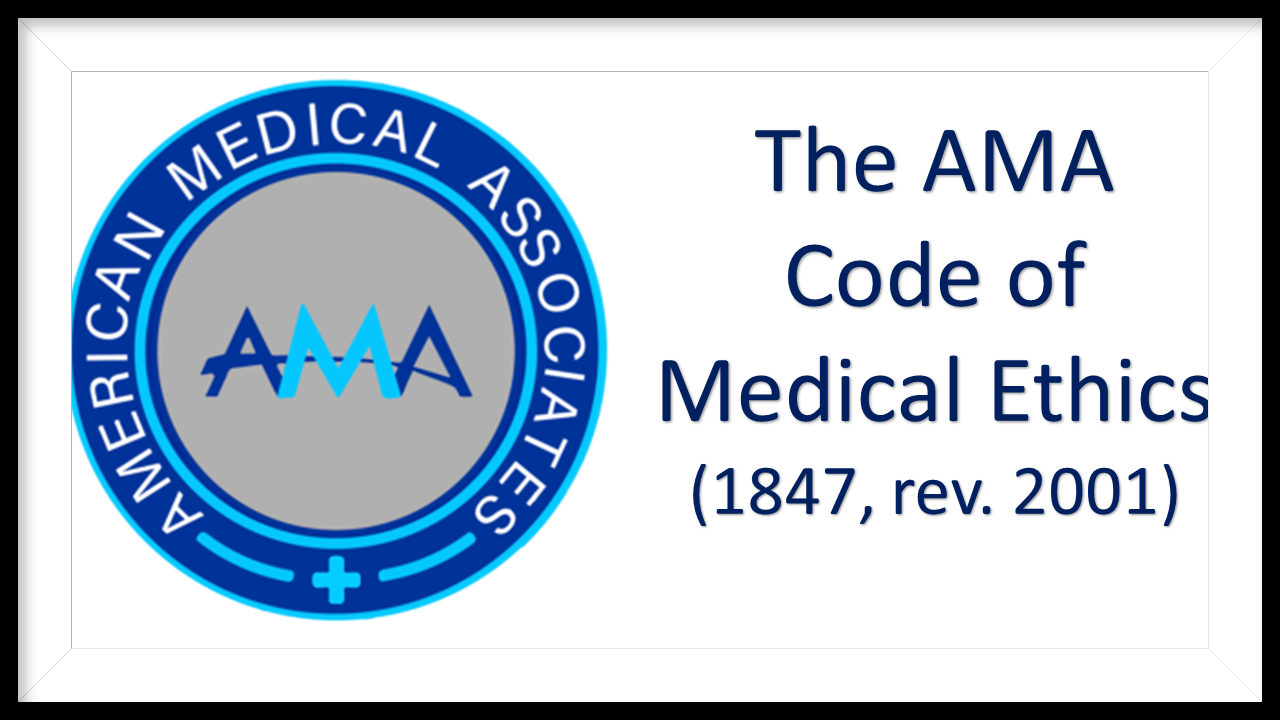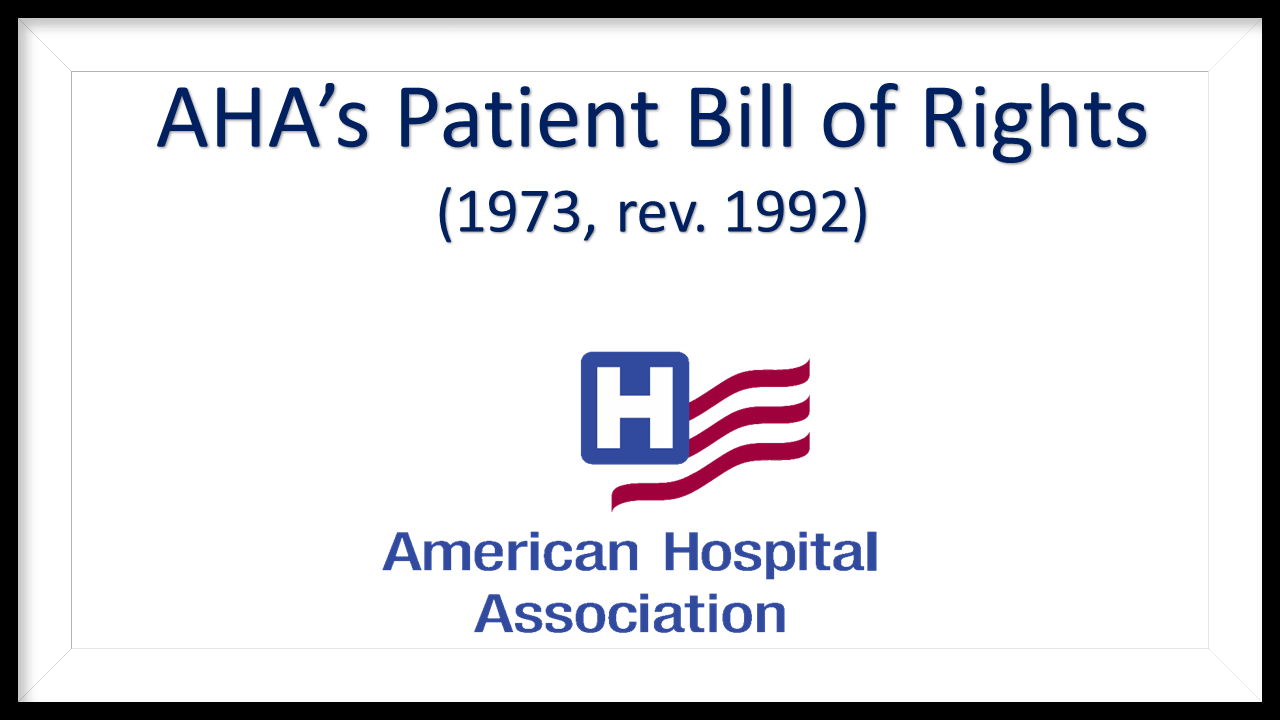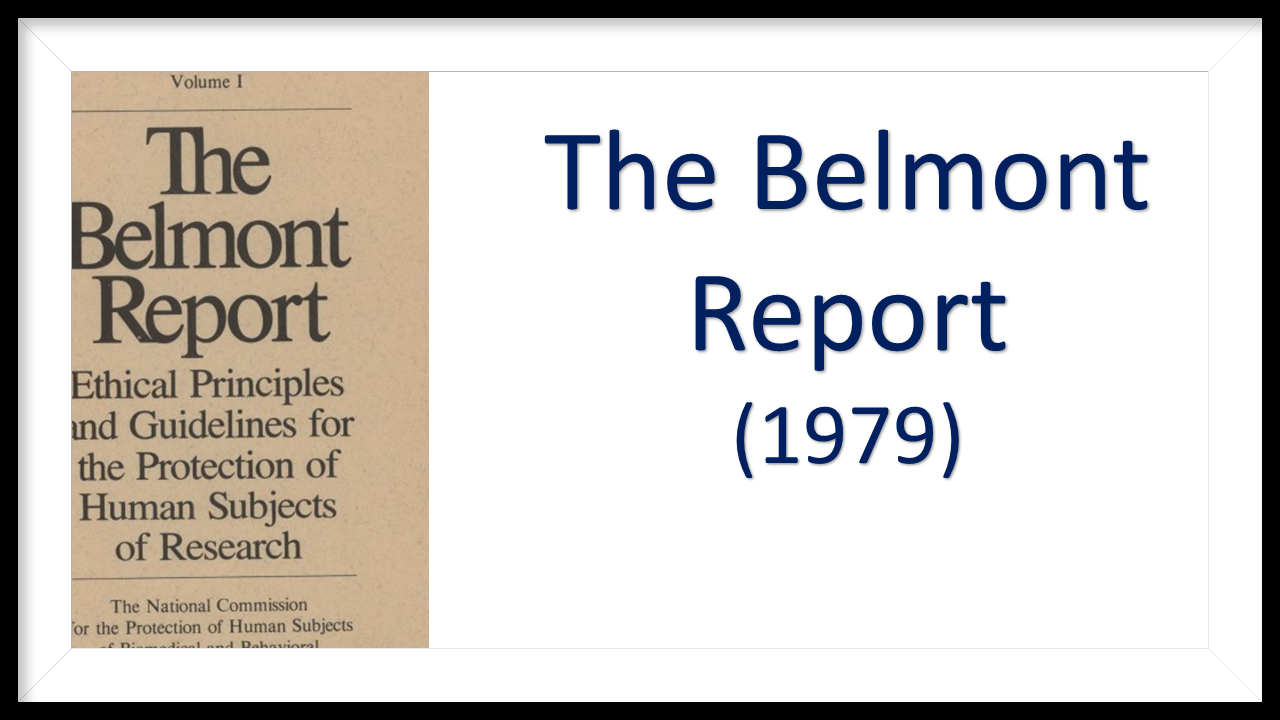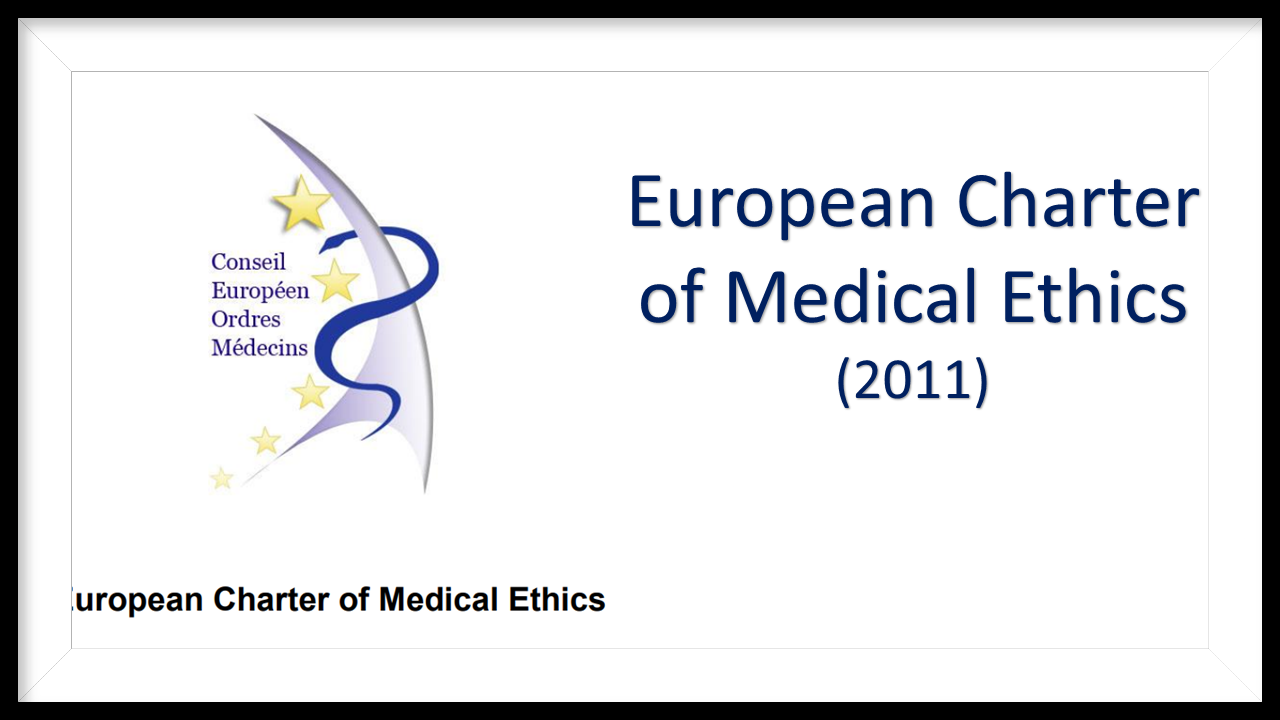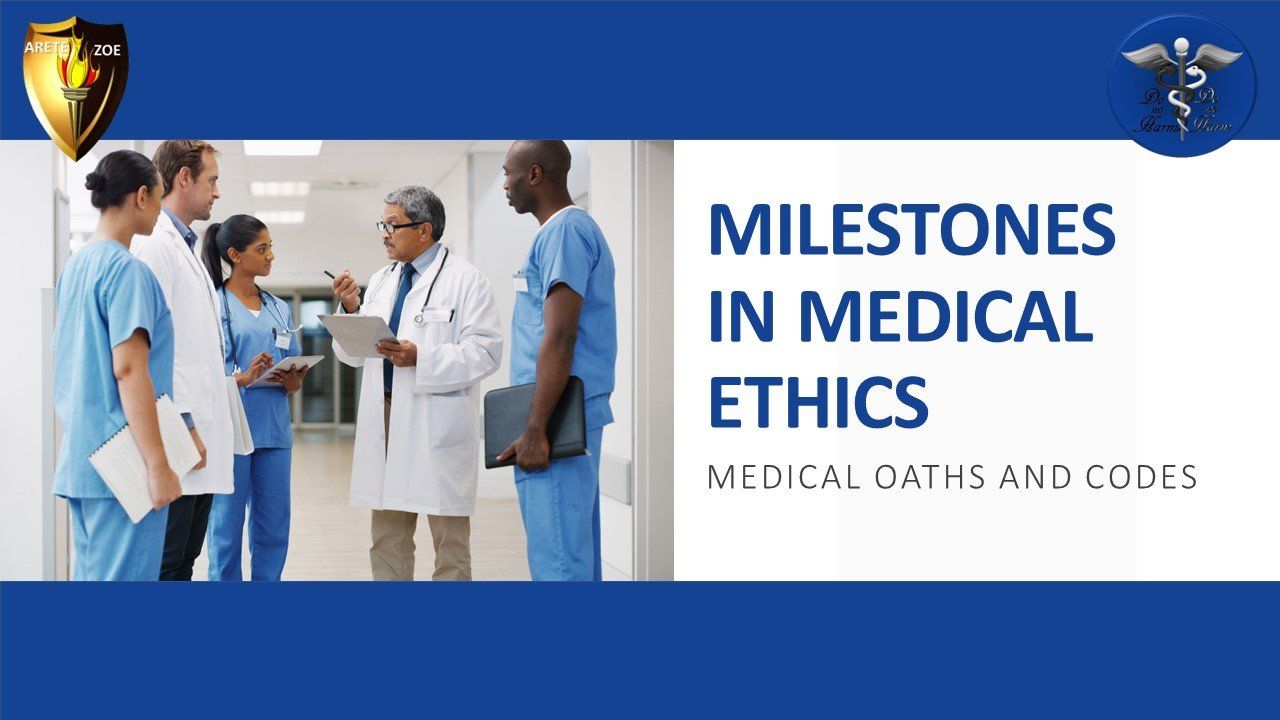
Follow VAERS Explorer on Social Media
The AMA Code of Medical Ethics
(1847, revised 2001)
The American Medical Association adopted the Code of Medical Ethics at its founding meeting in 1847. The historical version can be accessed here. The current version of the Code consists of the Principles of Medical Ethics and the Opinions of the AMA's Council on Ethical and Judicial Affairs. The nine Principles of Medical Ethics that describe the core ethical principles of the medical profession are the primary component of the Code.
The current AMA Code of Medical Ethics (2001)
Chapter 1: Ethics of Patient-Physician Relationships. Doctor-patient relationships are strengthened by the practice of medical ethics, which can help you create better communication and health care decisions.
Chapter 2: Ethics of Consent, Communication & Decision Making. Help your patients make well-considered decisions about their care and treatment by reading up on medical ethics of consent.
Chapter 3: Ethics of Privacy, Confidentiality & Medical Records. Respecting patients’ privacy is crucial. Find out how patient confidentiality ethics build trust, foster thoughtful decision making and improve care.
Chapter 4: Ethics of Genetics & Reproductive Medicine. Genetic testing can provide valuable information to support informed decision making about personal health care options as well as reproductive choices.
Chapter 5: Ethics of Caring for Patients at the End of Life. Find out how advance care planning can give patients peace of mind knowing that their physicians understand their wishes for care at the end of life.
Chapter 6: Ethics of Organ Procurement & Transplantation. The need for organs for transplantation far outstrips the supply. Efforts to increase donation must protect the interests of living and deceased donors.
Chapter 7: Ethics of Medical Research & Innovation. Physicians who are involved in clinical research have special responsibilities to protect the rights, safety and welfare of research participants that include matters of study design, informed consent and selection of participants.
Chapter 8: Ethics for Physicians & the Health of the Community. A doctor's job doesn't stop at individual care. Find out how caring for the health of the community can also lead to better health for individual patients.
Chapter 9: Ethics of Professional Self-Regulation. As practicing clinicians, educators, professional colleagues, businessmen and citizens, physicians should hold one another to high standards of conduct.
Chapter 10: Ethics of Interprofessional Relationships. Find out how physicians commit themselves to high standards of ethics in their relationships with fellow health professionals.
Chapter 11: Ethics of Financing & Delivery of Health Care. Patient-physician relationships are influenced by changing payment systems and models for delivering care and thus physicians must find new ways to balance responsibilities to multiple stakeholders.
References:
American Medical Association (1847): AMA Code of Medical Ethics. AMA. https://www.ama-assn.org/sites/ama-assn.org/files/corp/media-browser/public/ethics/1847code_0.pdf
American Medical Association (2001): Code of Medical Ethics Preface & Preamble. AMA. Available at https://www.ama-assn.org/delivering-care/ethics/code-medical-ethics-preface-preamble
American Medical Association (2001): AMA Code of Medical Ethics (current). AMA. Available at https://www.ama-assn.org/delivering-care/ethics/code-medical-ethics-overview
Last updated: September 10, 2022
Milestones in Medical Ethics
Follow VAERS Explorer on Social Media


